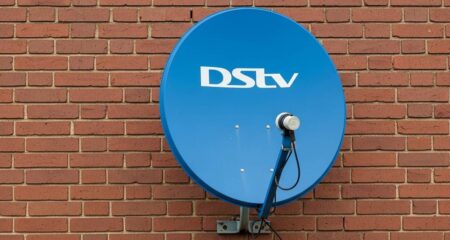
Broadcaster MultiChoice will on Friday unveil details of a new bouquet, DStv Lite, that it is launching to counter the threat posed by this weekend’s launch of On Digital Media’s TopTV service, TechCentral has learnt.
TopTV is the first of three new licensees to launch a rival service to incumbent MultiChoice’s DStv, which has enjoyed a monopoly in satellite-based pay-TV services for the past 15 years.
According to sources, MultiChoice plans to charge in the region of R99/month for the new service, putting it in direct competition with the basic bouquet of 24 channels offered by TopTV, whose entry-level offering also retails for R99/month.
It’s not yet clear which channels MultiChoice will offer on its DStv Lite bouquet, but the move is believed to be a direct response to the commercial launch of TopTV this Saturday, 1 May.
MultiChoice spokesman Fathima Ebrahim won’t provide details of the DStv Lite package, saying only that more details will be released to the media by 9am on Friday morning.
The Naspers-owned pay-TV operator is also planning to announce details of its upcoming video-on-demand (VOD) service soon. It has called a media conference for next Tuesday at which it is expected to provide details of the VOD offering.
TechCentral reported in February that MultiChoice is considering launching a video rental service using its personal video recorder (PVR) decoders. Instead of renting movies on DVD or Blu-ray disc, MultiChoice will provide the service via satellite to subscribers with PVRs.
Until now, this functionality has only been available to users of MultiChoice’s standard-definition PVR, though the company has been hard at work with software updates to ensure it also works on PVRs capable of receiving and playing back high-definition content.
Known as transactional VOD, the service will compete directly with video stores, which have historically had access to the latest movies several months before they are made available to pay-TV operators.
MultiChoice conducted research earlier this year into how much its customers would use the service, and, if so, how much they’d be prepared to pay for it. — Duncan McLeod, TechCentral
- Subscribe to our free daily newsletter
- Follow us on Twitter or on Facebook




